|| Python Developer Certification Course at BIT Vadodara
The Python Developer training in Vadodara is designed to help you master Python programming and related technologies. Whether you're new to programming or seeking to enhance your skills, this course offers a comprehensive learning experience covering fundamental and advanced topics in Python. You will gain proficiency in Python syntax, data types, control flow, functions, and object-oriented programming (OOP). As you progress, you will explore advanced concepts like file handling, database connectivity, web development, data analysis, machine learning, and deep learning.
In addition to learning the core Python concepts, the Python web development course in Vadodara will guide you through building dynamic web applications using Python frameworks such as Django. The course also includes Python project training in Vadodara, where you will work on real-world projects that enhance your learning experience and prepare you for the job market. Students will have the opportunity to gain hands-on experience with practical coding exercises and develop scalable solutions using Python’s ecosystem of libraries and frameworks.
Our experienced instructors will provide mentorship, ensuring that you not only understand Python but also learn industry best practices and techniques. As part of the program, you will also have the option of a Python internship in Vadodara, giving you valuable exposure to the development environment and real-world challenges.
By the end of the course, you will have the expertise to pursue a career as a Python developer and leverage Python’s potential in various domains, including web development, machine learning, and data science.
"Become a Python Developer and Build Real-World Solutions – Join the Python Course at BIT Vadodara!"





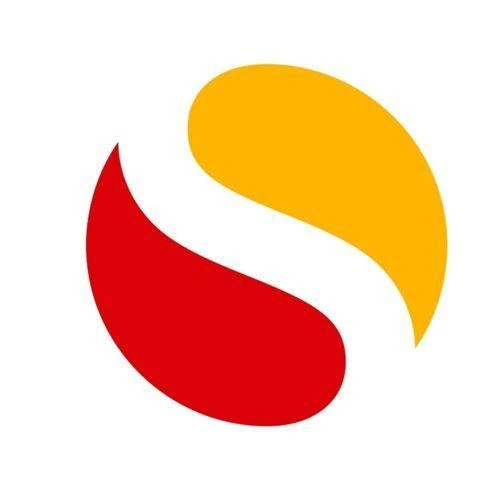
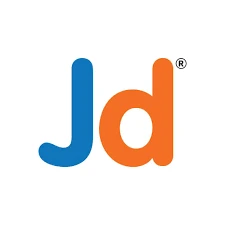
 4.8 (21,636) reviews
4.8 (21,636) reviews
 DOCKER
DOCKER
 GITHUB
GITHUB
 DJango
DJango
 VISUAL STUDIO
VISUAL STUDIO
 FLASK
FLASK
 PyCharm
PyCharm
 Sphinx
Sphinx
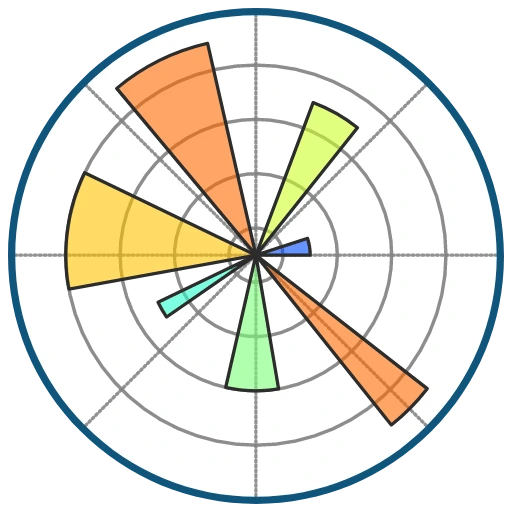 Matplotlib
Matplotlib
 Pytest
Pytest
 TensorFlow
TensorFlow
 NumPy
NumPy
 Pandas
Pandas
 Swagger
Swagger


































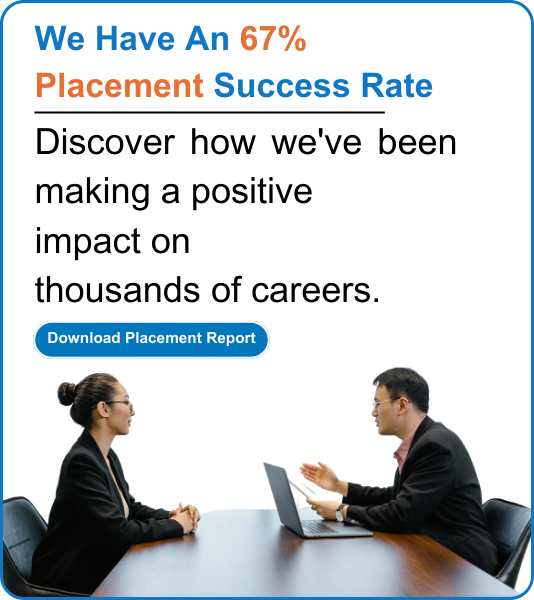
 Read more
Read more 